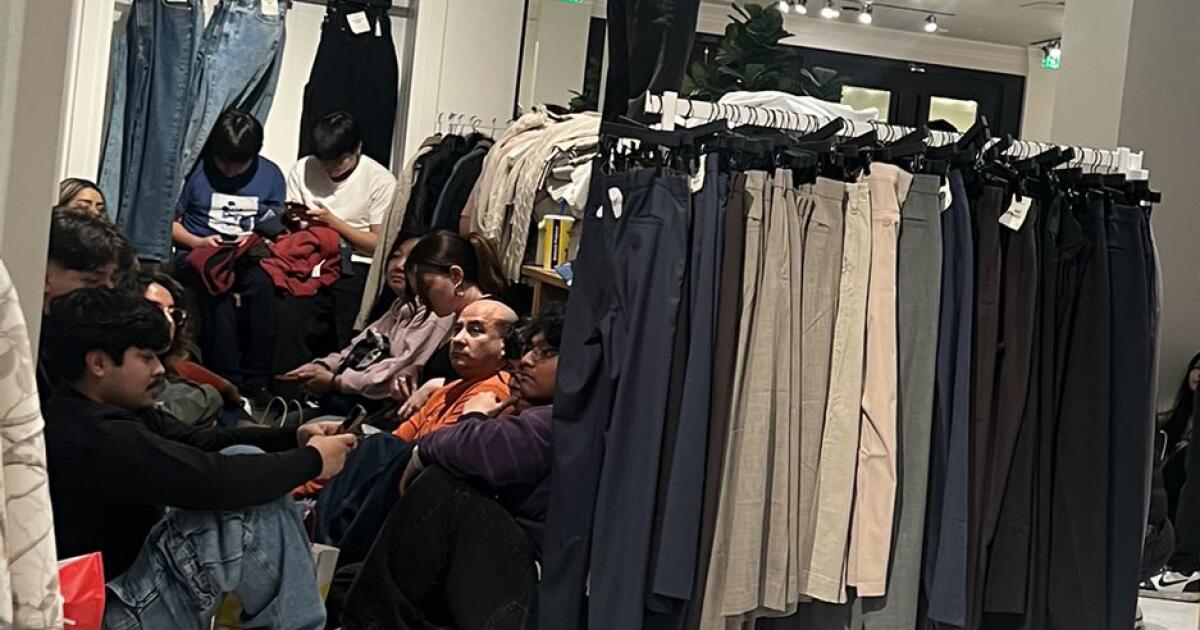The labor market is “generally balanced”, economists explain

00:00 Speaker a
Interestingly, Laura, because you’ll hear other economists say, Listen, inflation, I mean, this is not where J. Powell wants to be, but they’ll say, right now, the Fed is now firmly focusing on the waning in the labor market, which is why they say cuts are lockdowns in September. how do you say?
00:24 Laura
Of course, I think the labor market is softening, but we have to remember that from such a close starting point, it is mitigating. We still see a general balance in the market. Well, it just balances at a lower level. So one of the metrics I use is not only the job number, but how many jobs are created, but how many jobs are open to each available job? Now, this number is hovering around one to one. Well, usually, we are in a normal labor market where we see multiple job seekers in each available open position. So, I know this feels different than what I have felt in recent years. Well, this is definitely based on skills. Some reworkout may be required. But overall, we just see a slightly lower balance in the labor market. This is less job seekers and fewer jobs are created. Both have population challenges, the labor available, well, limited young people compared to the labor market, those baby boomers who are finally retiring now. We also expect negative net immigration this year. This will limit the availability of labor in certain critical sectors. Now, on the other hand, businesses are feeling the uncertainty of all policies. They want to play the card close to the vest. So we don’t see a lot of new jobs created, well, new available positions are coming soon. So all of this means to me that we are still in equilibrium. At present, neither side has obvious appearance, but the number has decreased. I think this is something we are not used to thinking about to illustrate how the work report comes up.



